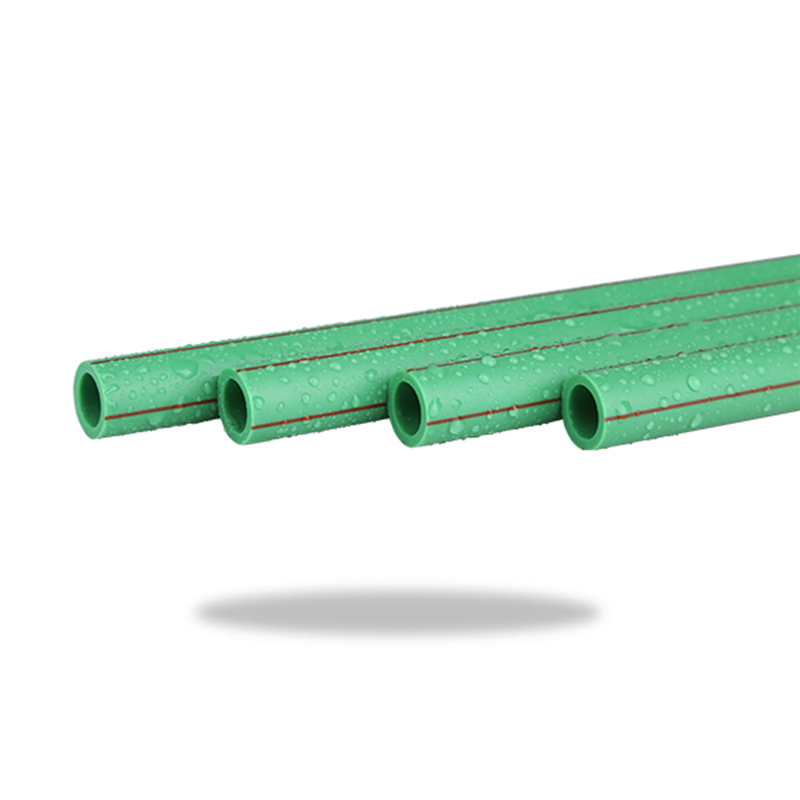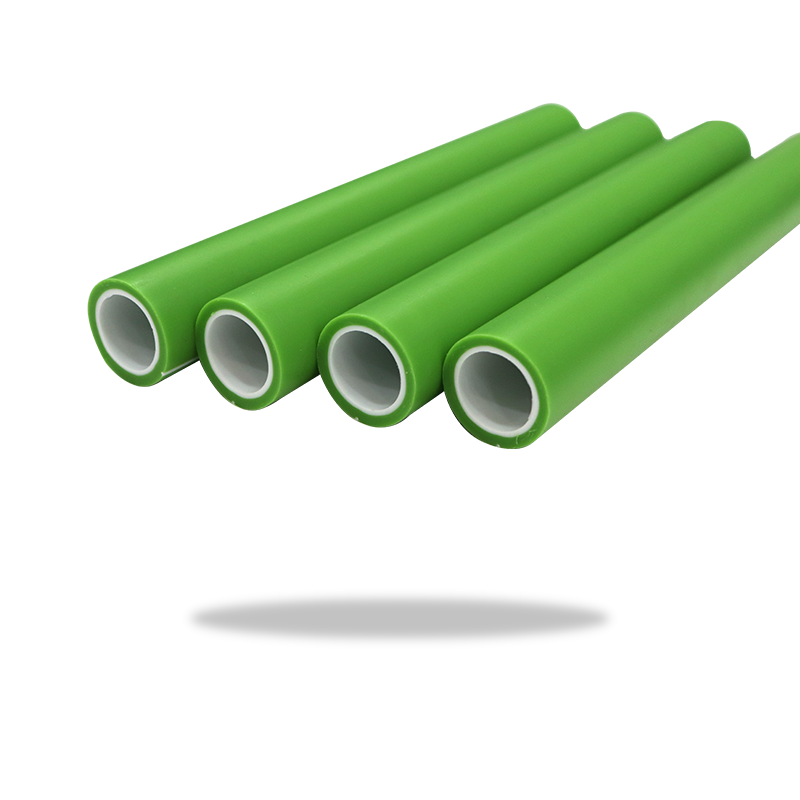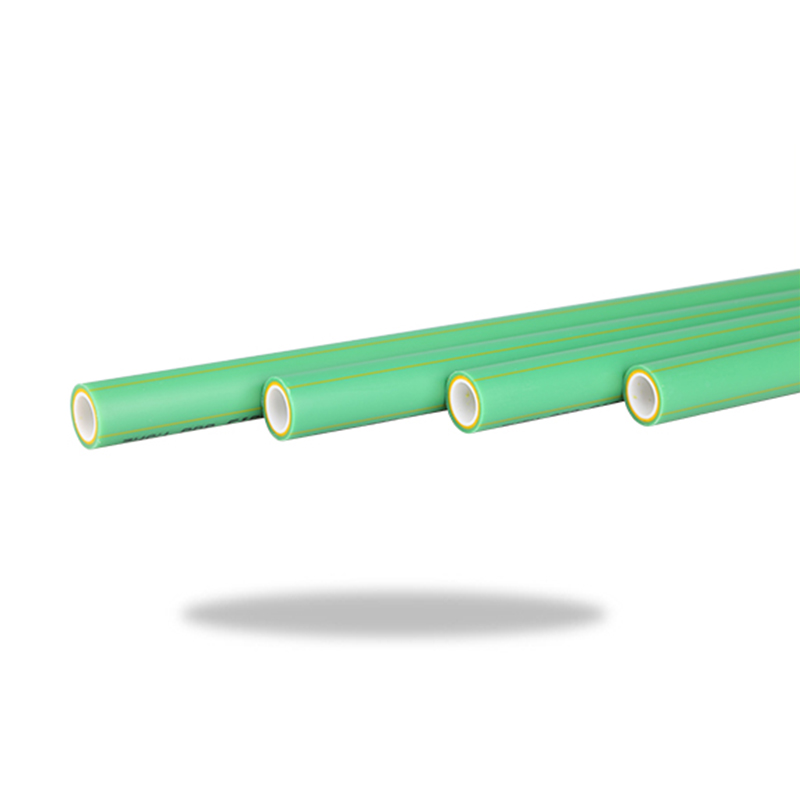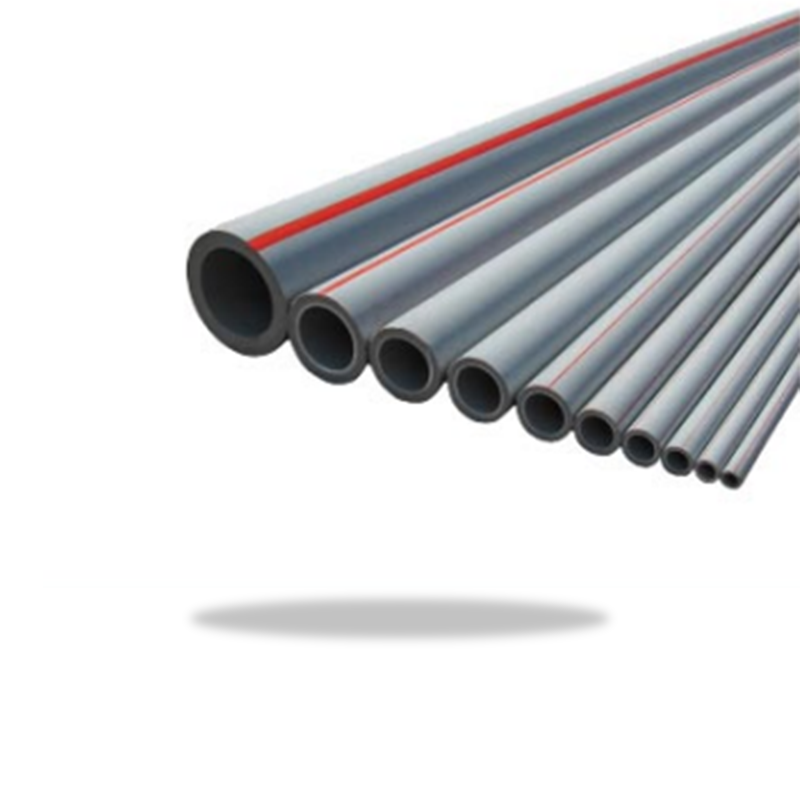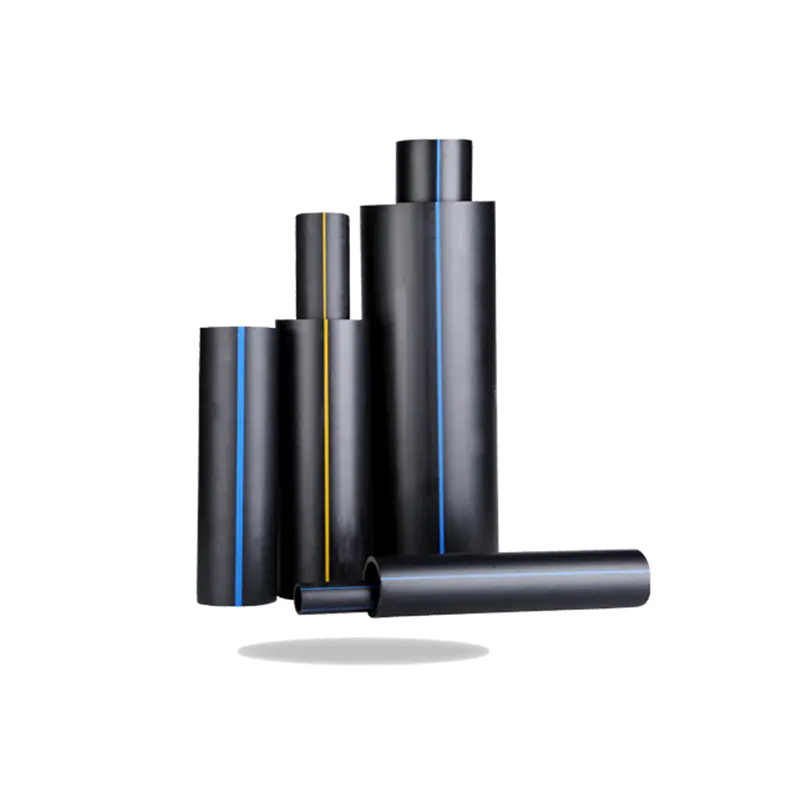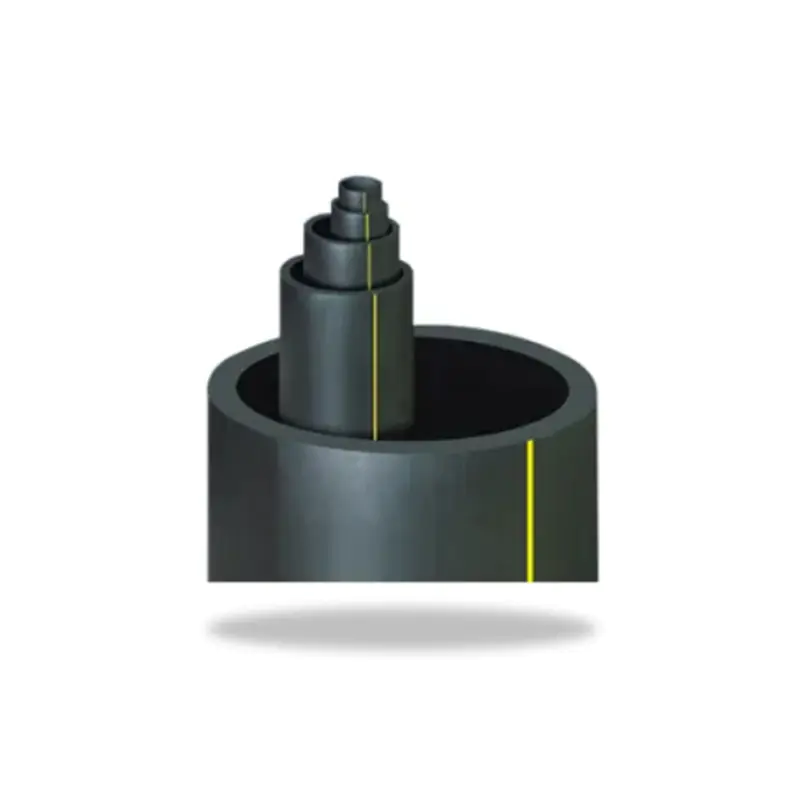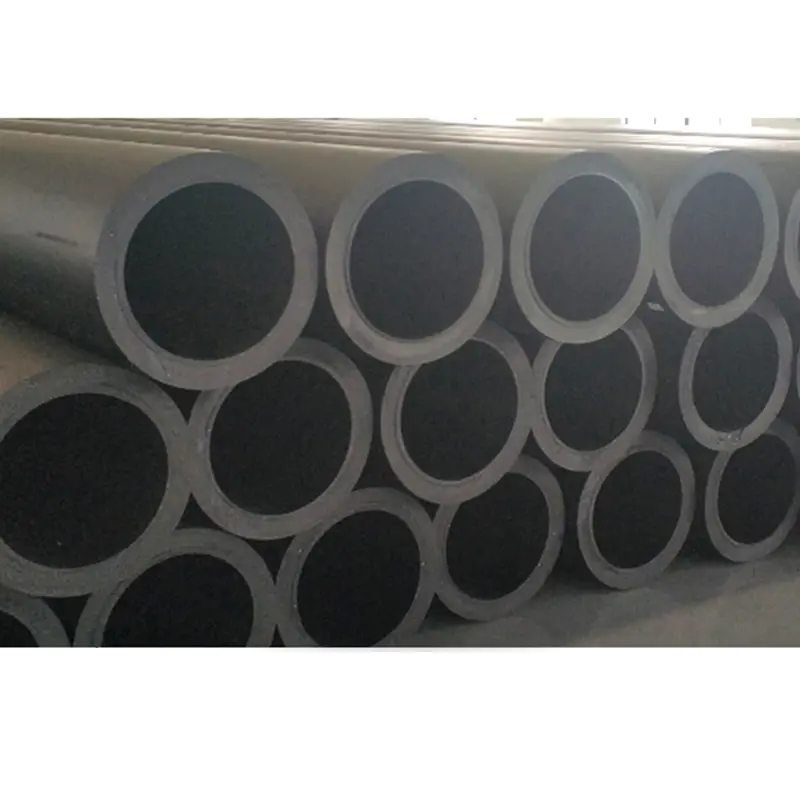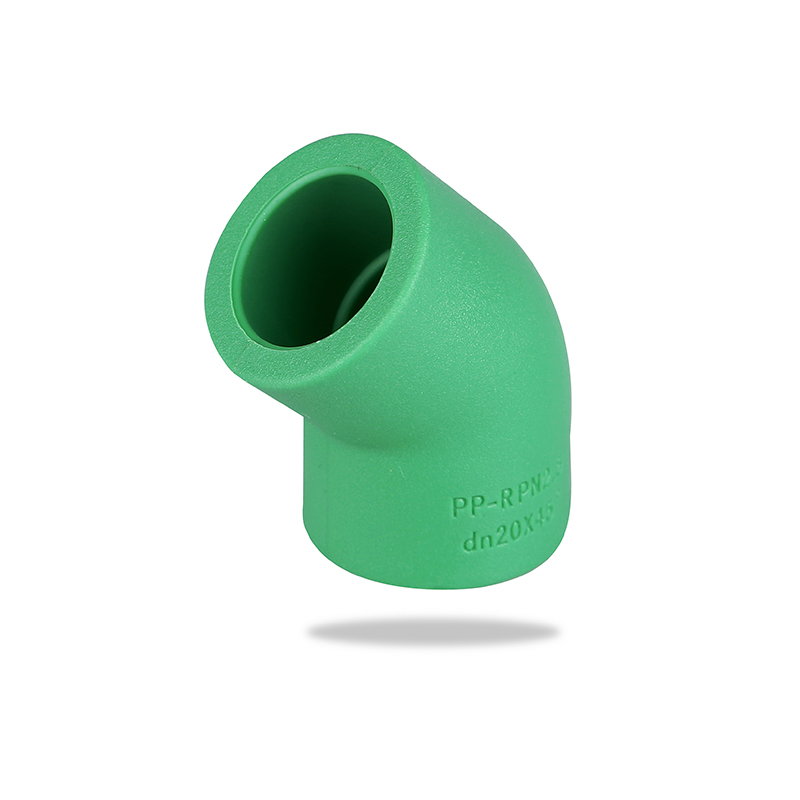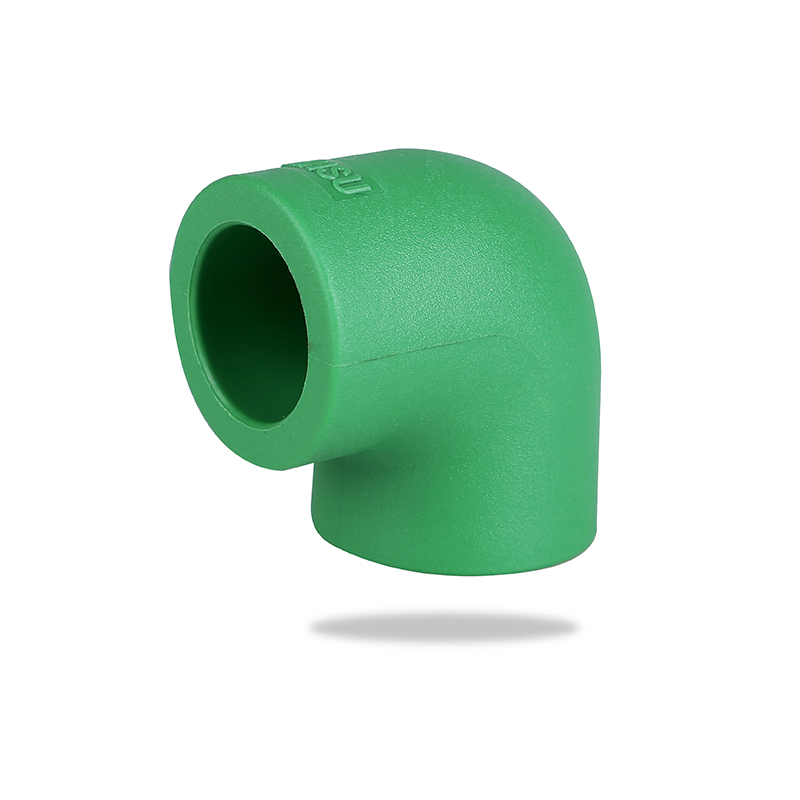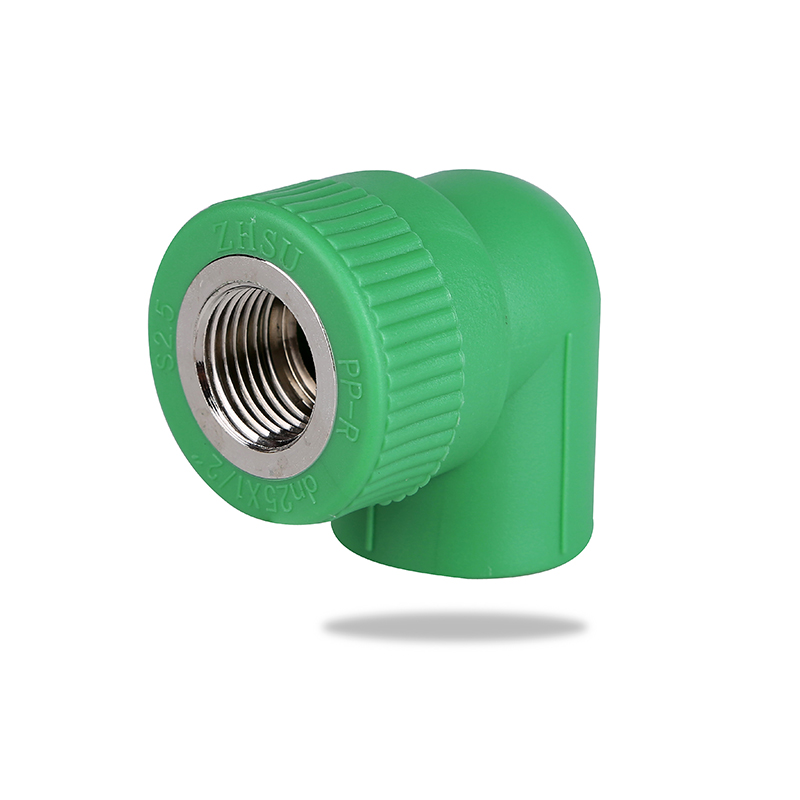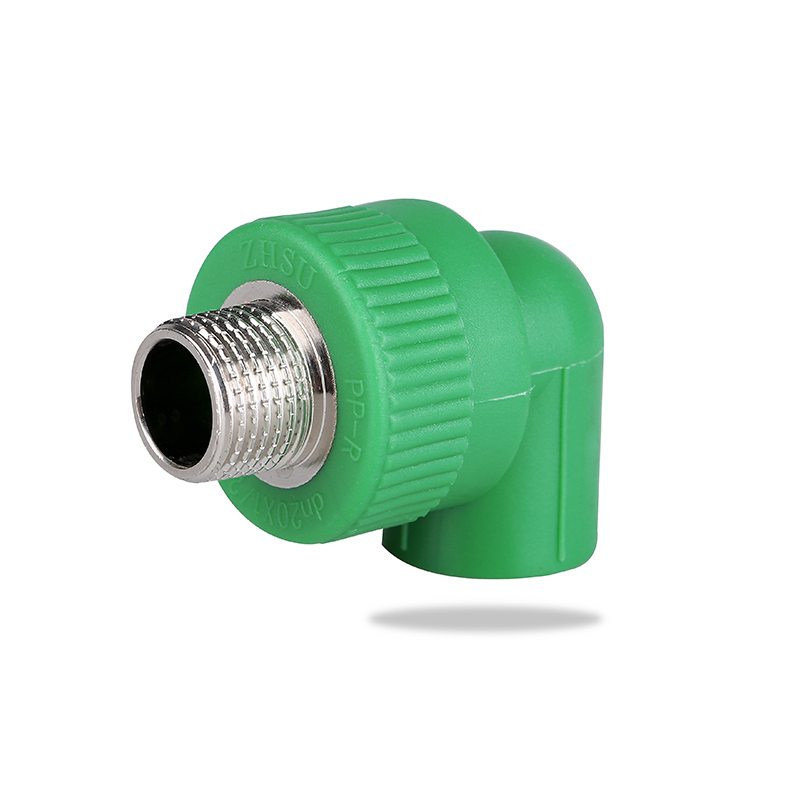1. Introduction to PPR Fittings
PPR (Polypropylene Random Copolymer) fittings are widely used in plumbing and piping systems due to their excellent chemical resistance, durability, and pressure handling capabilities. Understanding the pressure resistance of PPR fittings is crucial for ensuring the safety and longevity of residential, commercial, and industrial piping installations.
2. Material Properties Affecting Pressure Resistance
The strength of PPR fittings largely depends on the material properties of polypropylene random copolymer, including its molecular structure, thermal stability, and resistance to chemical degradation.
2.1 Molecular Structure
PPR is a thermoplastic polymer with a random copolymer structure that provides flexibility and high impact resistance. The molecular arrangement allows PPR fittings to withstand internal water pressure without cracking or deforming.
2.2 Thermal Resistance
PPR fittings maintain their mechanical strength at temperatures typically used in hot and cold water systems. They can resist high temperature fluctuations, which is essential for maintaining pressure resistance under variable operating conditions.
2.3 Chemical Resistance
PPR material is resistant to a wide range of chemicals, including chlorine and most acids and alkalis, which prevents degradation that could compromise pressure integrity over time.
3. Pressure Ratings and Standards
PPR fittings are tested and rated according to international standards to ensure safe operation under specified pressures and temperatures.
3.1 PN Ratings
PPR fittings are classified according to PN (Pressure Nominal) ratings, such as PN10, PN16, and PN20, indicating their maximum allowable working pressure in bars. For example, PN20 fittings can safely withstand pressures up to 20 bar at 20°C.
3.2 International Standards
Standards such as ISO 15874, DIN 8077/8078, and ASTM F2389 outline testing procedures, material quality requirements, and performance criteria for PPR fittings to ensure consistent pressure resistance and durability.
4. Factors Influencing Pressure Resistance in Practice
Beyond material properties and standards, actual installation conditions affect the effective pressure resistance of PPR fittings.
4.1 Operating Temperature
High operating temperatures reduce the pressure resistance of PPR fittings. It is crucial to select fittings with the appropriate PN rating for hot water systems to maintain safety.
4.2 Installation Quality
Proper welding and joining techniques ensure that fittings can handle the rated pressure. Poor installation, such as uneven heating during socket fusion, can create weak points prone to failure.
4.3 System Pressure Fluctuations
Sudden spikes or water hammer in the piping system can temporarily exceed rated pressure. Using pressure relief valves and proper system design mitigates these risks and protects fittings.
5. Testing and Quality Assurance
Manufacturers test PPR fittings under controlled conditions to verify pressure resistance and compliance with standards.
5.1 Hydrostatic Testing
Fittings are subjected to hydrostatic pressure tests at elevated temperatures for a specified duration to ensure they can withstand continuous operating pressures without leakage or deformation.
5.2 Long-Term Durability Testing
Long-term testing simulates years of service under varying pressures and temperatures. This ensures that PPR fittings maintain structural integrity and pressure resistance over extended periods.
6. Practical Applications
PPR fittings are widely used in residential, commercial, and industrial water supply and heating systems, where reliable pressure resistance is essential.
6.1 Residential Plumbing
PPR fittings in homes manage domestic water supply under moderate pressure conditions. Properly rated PN16 or PN20 fittings handle hot and cold water safely over many years.
6.2 Industrial Systems
In industrial settings, higher pressure requirements necessitate using fittings with superior PN ratings. PPR fittings resist chemical exposure and elevated temperatures in process piping systems.
7. Conclusion
PPR fittings demonstrate strong pressure resistance due to their high-quality polymer structure, proper manufacturing, and adherence to international standards. Selecting fittings with the correct PN rating, ensuring high-quality installation, and accounting for operating conditions ensures safety and durability. When properly applied, PPR fittings provide reliable, long-lasting performance in a wide range of plumbing and piping systems.
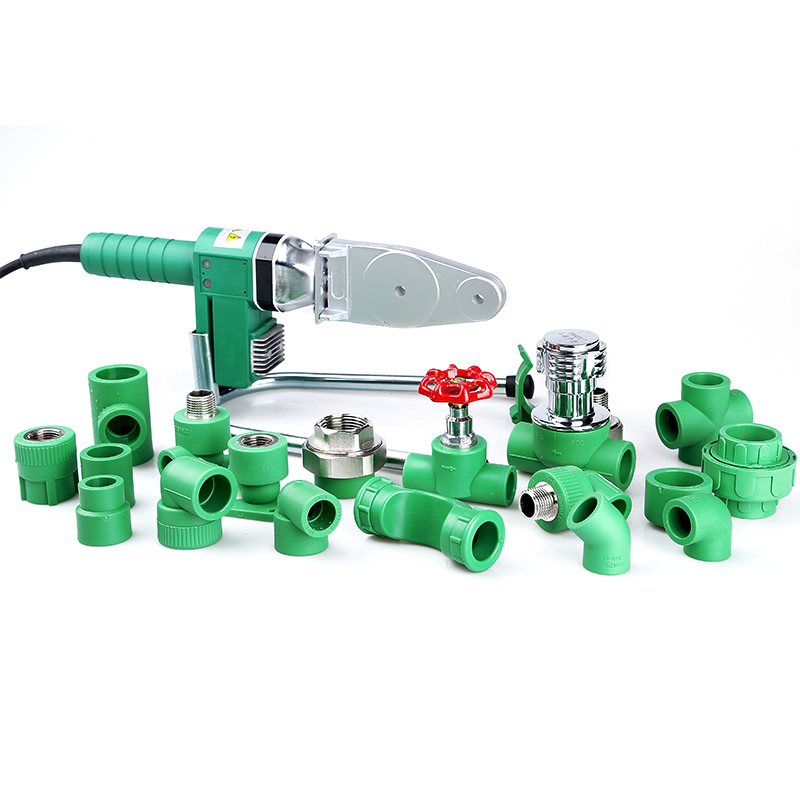

 简体中文
简体中文 English
English русский
русский Español
Español Français
Français عربى
عربى Português
Português 日本語
日本語 italiano
italiano Nederlands
Nederlands Polskie
Polskie

